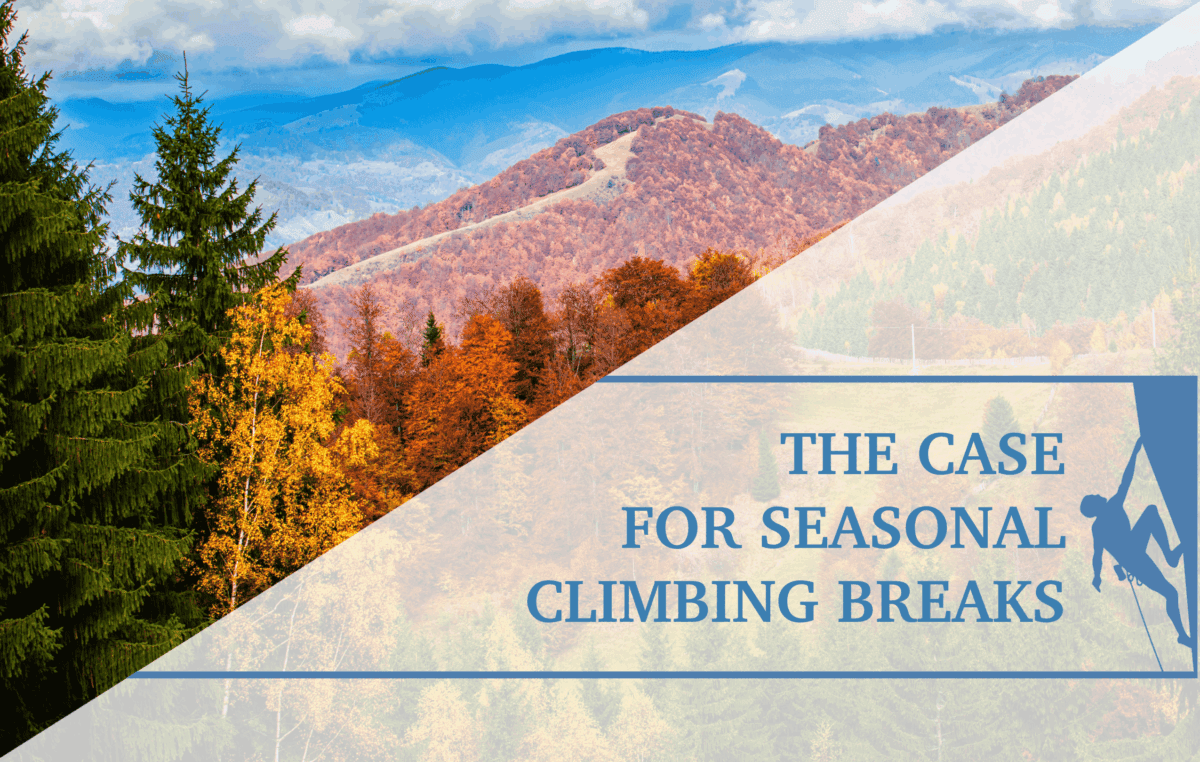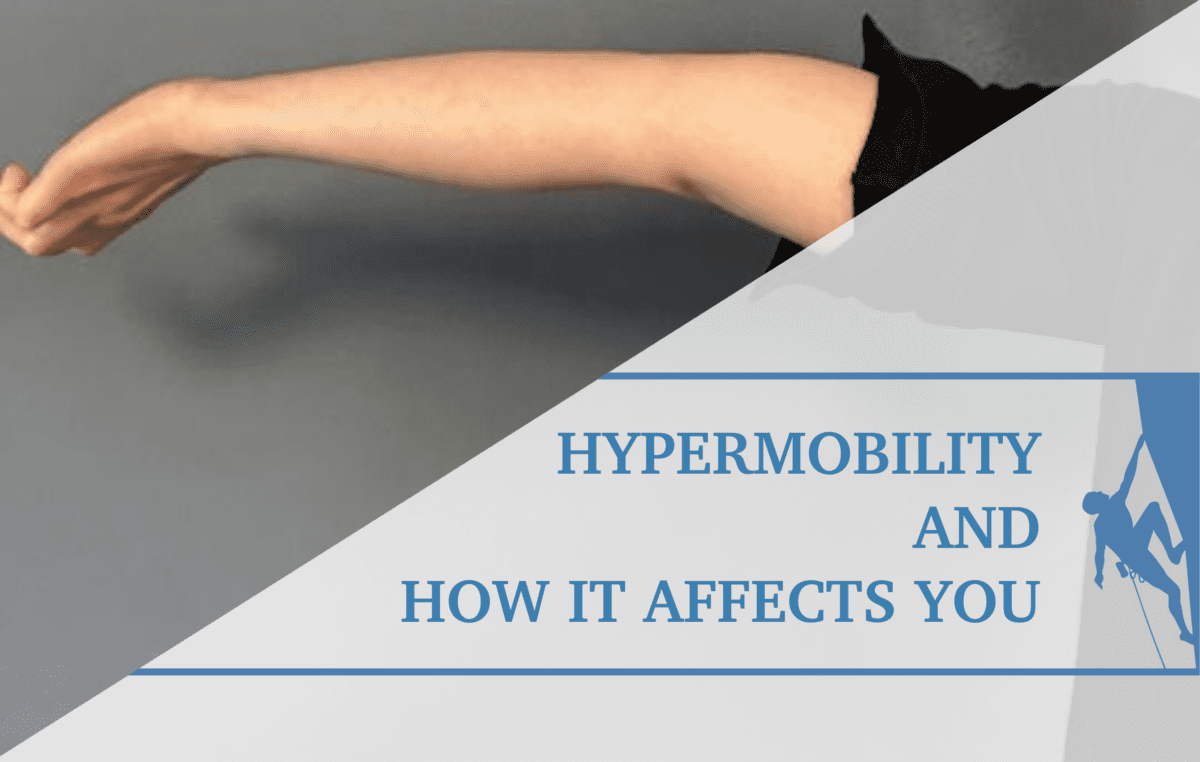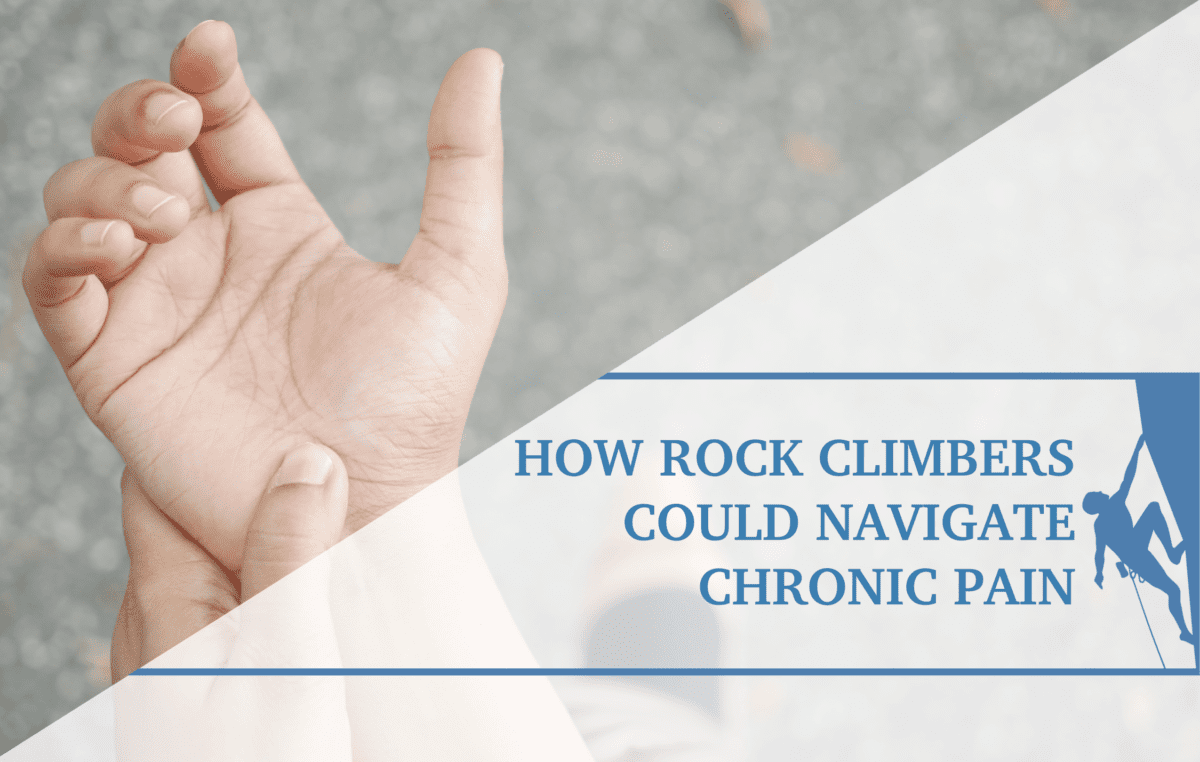Change Your Movement Climbing – Rotator Cuff Strain
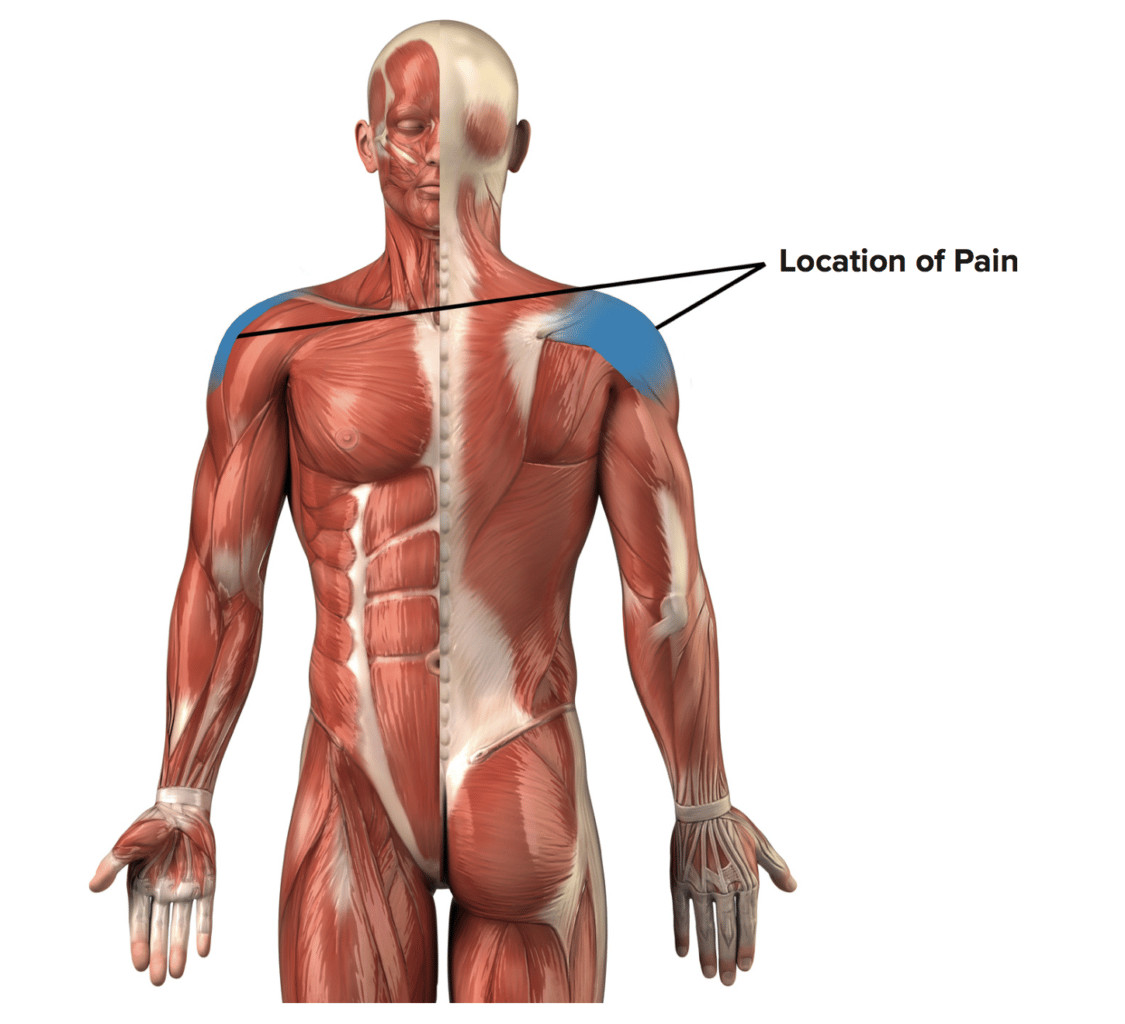
Signs and Symptoms
- Dull ache radiating into the back or side of the shoulder.
- Discomfort lifting objects, especially out to the side.
Cause
The shoulder is made up of four rotator cuff muscles. These muscles connect the shoulder blade to the arm bone. The rotator cuff muscles act together as a unit to control shoulder motion. The rotator cuff is weaker than the large muscles that attach the shoulder blade bone to the spine. When you climb with poor posture and pull excessively with your arms instead of climbing with your shoulder blades engaged, you increase the strain on the rotator cuff muscles in your shoulder.
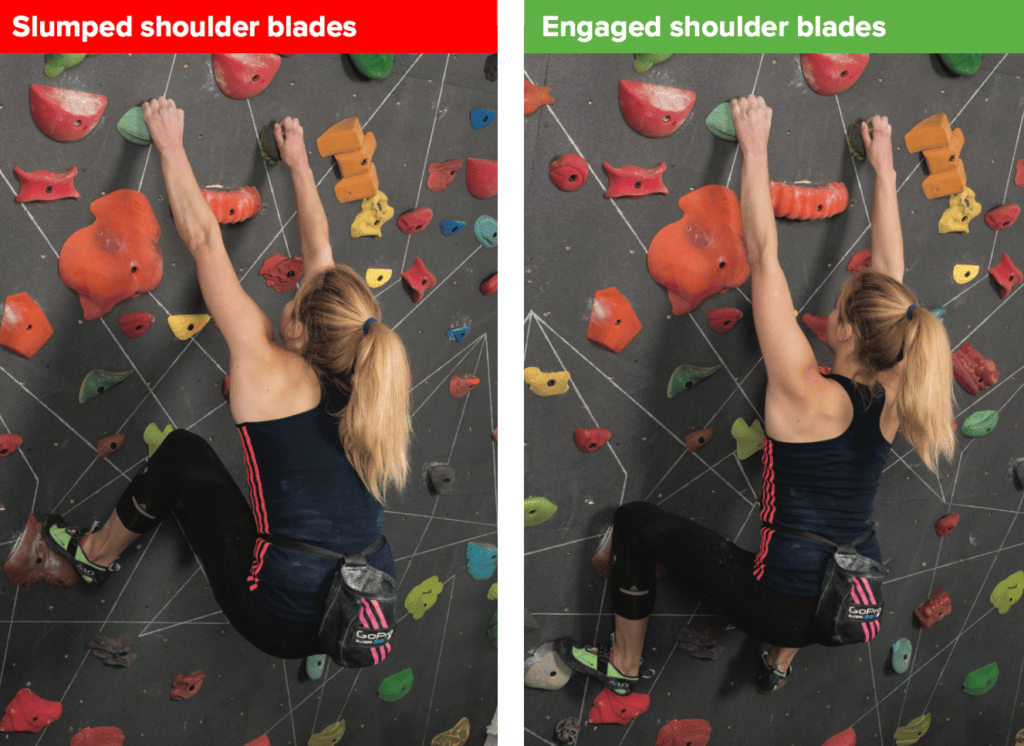
Change Your Movement
Hanging on your arms during rest stances, climbing with a hunched posture, and strenuous overhead reaching can increase the likelihood of a rotator cuff strain. Proper posture is especially important during rest stances. It feels more relaxing to shake out your pump, rest and recover with slumped shoulders. However, this posture increases the passive strain on your connective tissue and can lead to injury. To avoid injury from resting or climbing with a hunched posture, engage your shoulder blades and straighten your spine. Strenuous overhead reaching is typically more common with shorter climbers. This can be avoided by looking for intermediate foot holds and stepping the feet up higher.
Watch The Video
- Disclaimer – The content here is designed for information & education purposes only and the content is not intended for medical advice.


